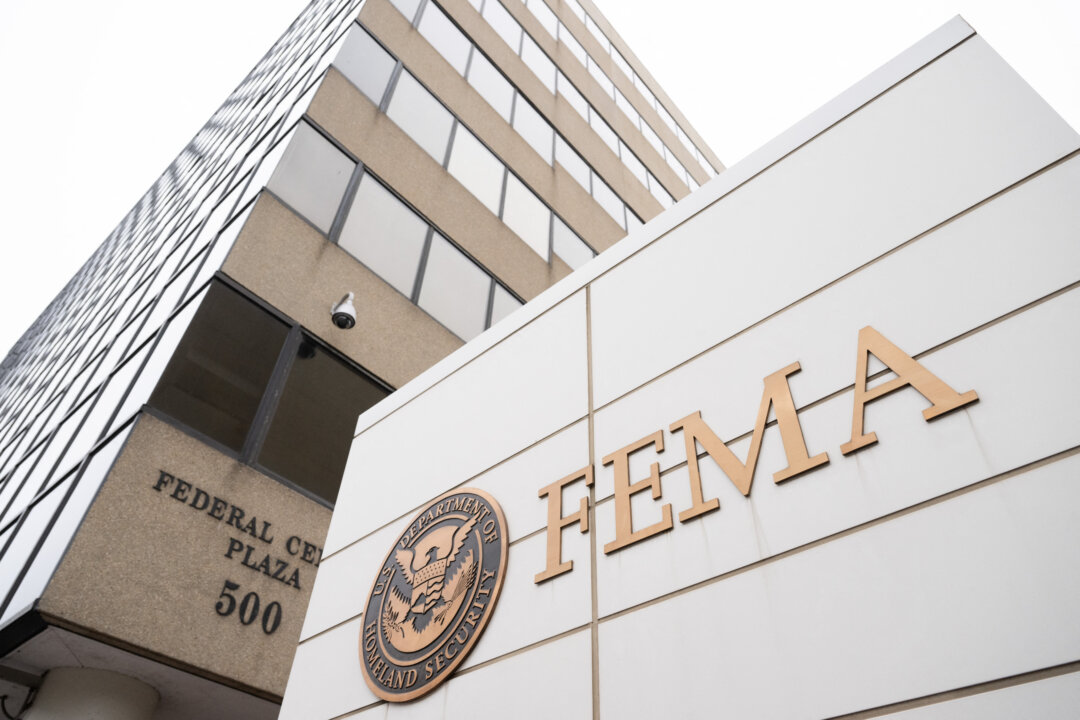The successful collaboration between the health ministries of Malaysia and Thailand, industry partners in Egypt and Malaysia, and the Drugs for Neglected Diseases initiative (DNDi) to bring a new hepatitis C antiviral drug – ravidasvir – to market in 2022 was an important milestone. For years, a 12-week course of treatment using sofosbuvir cost between $70,000 and $80,000, putting it out of reach for many in the Global South. But ravidasvir – a safe and effective alternative when combined with sofosbuvir – costs far less, averaging less than $500 per course.
This type of South-South co-operation could serve as a model for developing countries with endemic disease, highlighting how collective action can help them address health challenges and promote medical innovation. As this year’s chair of the Association of Southeast Asian Nations (Asean), Malaysia plans to advance the agenda of collaborative, need-driven research, and foster the development of therapeutics and diagnostics in the Global South. Ravidasvir’s success depended on several factors.

First, DNDi worked with an Egyptian drug manufacturer to develop the molecule, which was originally produced in the US but overlooked by large pharmaceutical companies. Second, once it became clear that this R&D initiative would produce an independent, affordable treatment for hepatitis C, the Malaysian Ministry of Health (where I am Director-General of Health), together with DNDi leadership in Southeast Asia, designed an aggressive access strategy based on market competition, driving down the prices of three treatment options. Throughout the process, Global South partners were in the driver’s seat.
This sense of ownership prompted a flurry of activity in Malaysia, ultimately lowering the barriers between siloed government departments and dispelling conventional thinking. For example, our regulatory authority was the first to register the combination of ravidasvir and sofosbuvir without approval by a stringent regulatory authority. Pharmaniaga, a Malaysian generic-drugs manufacturer, supported these efforts by taking on the challenge of preparing a registration dossier for a new chemical entity.
The Malaysian health ministry has continued to advance this treatment option. In February, the ministry unveiled results from a clinical trial showing that a shorter regimen (eight as opposed to 12 weeks) of sofobusvir-ravidasvir treatment was not inferior in non-cirrhotic hepatitis C patients. This represents a big win for those living with the disease in the Global South, as it lowers the therapeutic cost even further and improves patient compliance.
While making treatment affordable and accessible is an important step toward eliminating hepatitis C, the same needs to be done for diagnostic tools. Traditional lab-based testing is expensive and logistically challenging for mass screening programmes across Southeast Asia. But instead of waiting for high-income countries to develop solutions, the Global South should take the lead in innovating point-of-care diagnostics that are inexpensive and scalable.
The Covid-19 pandemic highlighted the fragility of global medical-supply chains and the limits of solidarity among countries in the face of a public-health crisis. The Global North’s reluctance to share vaccines, tests, personal protective equipment, and therapeutics fuelled an “every country for itself” mentality. As a result, a credibility crisis has consumed the global health system, now exacerbated by a widening funding gap, largely owing to America’s recent withdrawal from the World Health Organisation.
The need for new models has never been clearer. Recognising the need for greater regional resilience, Southeast Asian countries have shown an increasing willingness to support clinical trials and boost local manufacturing of medical devices and pharmaceuticals. Malaysia has played a central role in these efforts.
In July 2024, the Malaysian government hosted a workshop with the United Kingdom’s Academy of Medical Sciences to explore strategies for improving diagnostic and therapeutic access in the region. Workshop attendees recommended establishing a product-development partnership to foster collaboration among governments, academia, and industry. In May, Clinical Research Malaysia, a research management organisation under the health ministry that has focused on building clinical-trial capacity across the country – including for first-in-human phase 1 studies – will host CRM Trial Connect.
Focused on accelerating clinical trials in Asia, the conference will bring together more than 1,000 academics, clinical researchers, industry leaders, and policymakers from across the region. As the current chair of Asean, Malaysia is also well positioned to engage in dialogue with regional and international partners on how to address the Global South’s health challenges. The Asean-Gulf Co-operation Council-China Summit scheduled for May will provide a venue for exploring ways to strengthen South-South collaboration, particularly regarding knowledge and technology transfers and access to medical innovation.
The development of ravidasvir offers insights into how regional collaboration and targeted investment can lead to affordable medical innovations, adding to a growing playbook of strategies for improving access to therapeutics and diagnostics in the Global South. If these countries agree to act collectively, they can likely repeat this success for a wide range of neglected and non-communicable diseases – and take ownership of a process long dominated by the Global North. Muhammad Radzi Abu Hassan is Malaysia’s Director-General of Health.
Related Story Cartoon Corner Tariffs may mean more US steel jobs. Will there be workers to fill them?.
Politics

Developing countries can lead in medical innovation

The successful collaboration between the health ministries of Malaysia and Thailand, industry partners in Egypt and Malaysia, and the Drugs for Neglected Diseases initiative (DNDi) to bring a new hepa...















